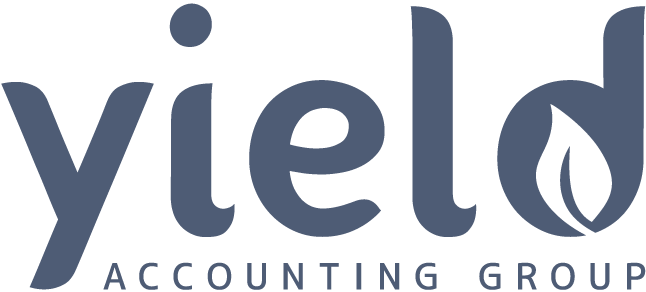Single Touch Payroll
New laws came into effect on Tuesday 12 February 2019 that requires employers with 19 or less employees to use Single Touch Payroll (STP) enabled software. This means that from 1 July 2019 you will be required to report your wages, superannuation and PAYG Withholding tax to the Australian Tax Office every pay cycle.
Employers with 20 or more employees should already be reporting under the new STP rules.
What do you need to know?
STP will require you to transmit payroll transaction data to the ATO each time your employees are paid. To do this you will need to use a software solution that will transmit the data to and from the ATO on your behalf.
This payroll or reporting system must be STP Compliant, so that each pay cycle you can report the following items to the ATO:
- each employee’s name and tax file number (TFN)
- gross amount paid
- tax withheld on the gross
- ordinary time earnings for the period, and
- any superannuation guarantee obligations.
The ATO will then report to you each month or quarter the correct amount of PAYG tax withheld to pay in your activity statement. Also, each quarter there will be information available regarding your superannuation obligations to either pay the ATO clearing house or your independent provider.
As part of the new regime, the reports and liabilities owing will be available to you in real time. This means that, if you wish, you will be allowed to make payments towards PAYG tax withheld and superannuation contributions in your pay cycle before the due date.
If your accounting system is already automated with reports that can provide the information listed above for every pay cycle, all you need to do is confirm if your product is STP compliant.
If you are using Xero (as most of our clients are) then please note that Xero is STP compliant.
However, if your system is still manual it is now time to discuss and review your internal processes. The STP regime is mandatory for employers from 1 July 2019.
The ATO has also just released the following update about STP:
- Micro employers (1-4 employees) will have time to transition and your Accountant will be able to report quarterly for you for the first two years.
- Small employers (5-19 employees) will be given a grace period of until 30 September 2019 to be submitting live pay data.
- Deferrals and exceptions are available for employers experiencing hardship, or in areas with intermittent or no internet connection.
Our advice is to become STP ready to avoid any fines or penalties in the future from the ATO. In the event that you need a solution or just want your system reviewed, we are happy to help by advising a suitable cost effective solution.
KEY QUESTIONS
What does it mean for me as an Employer?
Digital connectivity is becoming a necessary part of running a business in Australia. Instead of typically reporting payment once at the end of a financial year, employers will now be required to send information to the ATO with every pay run.
Do I still need to lodge a BAS?
Yes, businesses still need to submit a BAS. If you’ve set up the W1 and W2 values in Xero Payroll, they will continue to show up in BAS/ IAS as usual.
Do FBT, ETP and RESC need to be reported using STP?
Yes. ETP (employment termination payments) and RESC (reportable employer super contributions) are reported when you process and file your pay runs. And FBT (fringe benefits tax) is reported when you finalise STP.
Do I need to issue annual Payment Summaries to employees anymore?
Once you start STP, you won’t need to produce payment summaries or a payment summary annual report. Instead there’s a simple end-of-year process for finalising STP. This process just sends a confirmation that you have fully reported for the financial year and for each of your employees.
What happens if I make a mistake?
If you spot a mistake in a pay run that you’ve filed with STP, you can still make a correction. You have a few options here depending on the mistake you’ve found. You can either:
- revert the pay run, make your required changes, post and file, or
- complete an unscheduled pay run and fix the mistake in time for your next pay run.
Will I need to file part year information if I don’t start STP at the beginning of the financial year?
No there’ll be no need for that. With STP, your accounting software files the financial year to date payroll information, which means that you only have to start filing information from when you opted into STP.
3 STEPS TO BE STP READY
- Does your payroll software support STP reporting? If you are unsure, contact us immediately and we can help you review your business accounting and payroll systems.
- When do you need to start reporting using STP? From 1 July 2019. STP reporting is mandatory for all businesses, however you can opt in for it now.
- Is your payroll team aware of these new changes, and your employee data up to date and accurate? You don’t want to start using STP with inaccurate employee information – ask your employees to confirm all the personal details you hold on file for them.
Rest assured the team at Yield are here to help you with your transition to STP. So feel free to call our Manjimup office on 97771909 or our Pemberton office on 97761909 or email us at admin@yieldgroup.com.au for help in reviewing your software and payroll processes.
We love making our clients lives easier !
